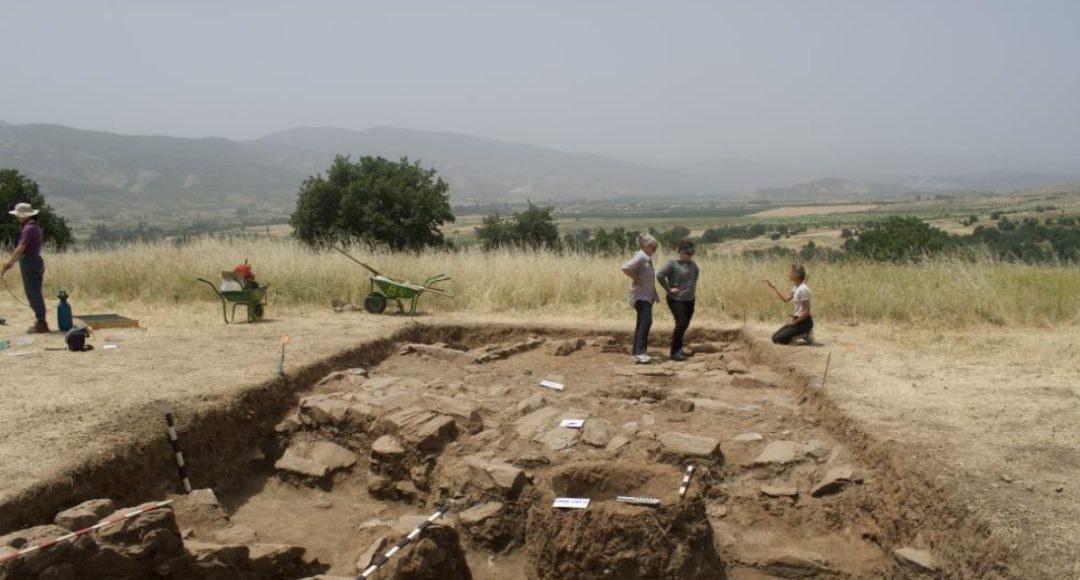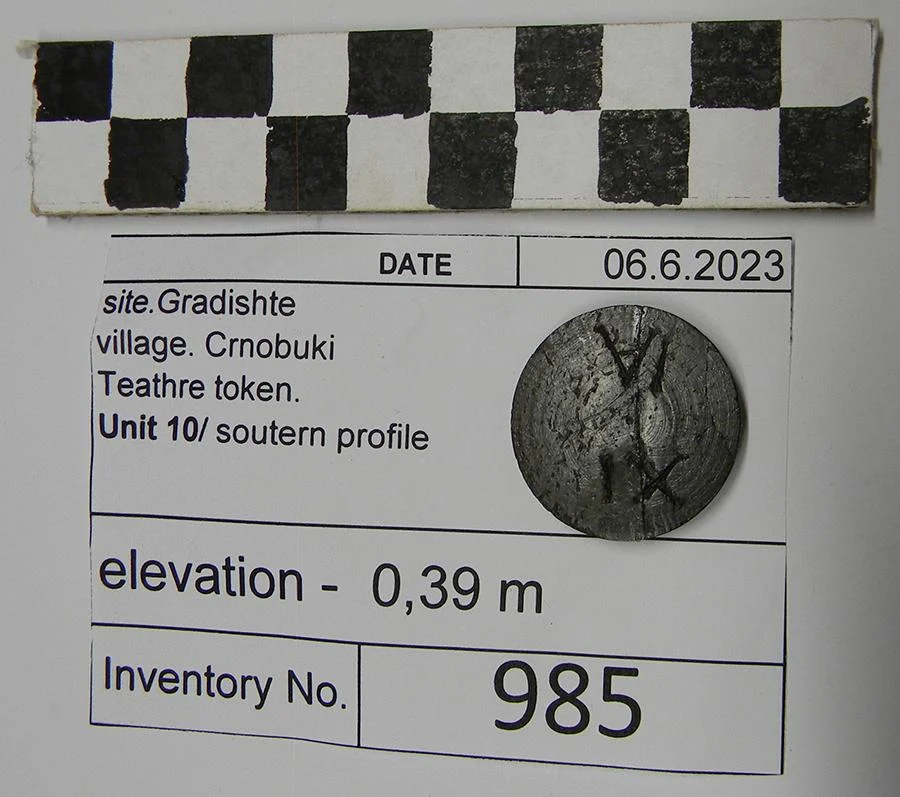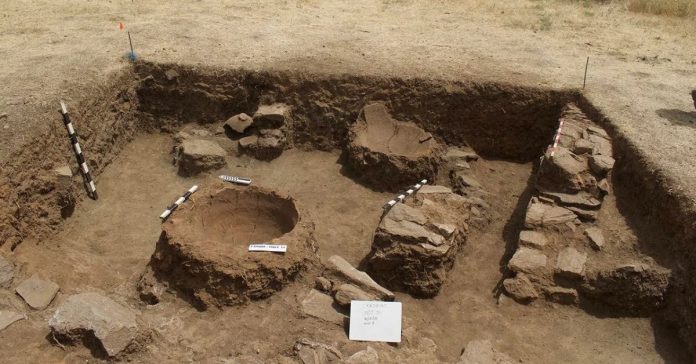A Discovery That Rewrites History
A team of archaeologists working in North Macedonia has made a groundbreaking discovery that could reshape our understanding of ancient European civilizations. Near the village of Crnobuki, at the Gradishte archaeological site, researchers have uncovered evidence suggesting the site is not merely a Macedonian military outpost from the 3rd century BCE, as previously thought, but a far older and more significant urban center.

Digging Deeper: Bronze Age Origins
The collaborative excavation effort between the National Institute and Museum–Bitola and California State Polytechnic University, Humboldt (Cal Poly Humboldt), employed cutting-edge tools such as LiDAR and ground-penetrating radar. These technologies revealed that the city’s foundations may reach back to the Bronze Age—potentially as early as 3300 BCE. Among the artifacts recovered were stone tools, ceramics, weaving instruments, game pieces, and even a clay fragment believed to be part of a theater ticket, pointing to a culturally and economically sophisticated society.

A Coin from the Time of Alexander the Great
A major breakthrough in the 2023 excavation was the discovery of a coin from 325–323 BCE. This timeframe aligns with the reign of Alexander the Great. The find pushes back earlier assumptions that the city’s peak occurred under Philip V.
Possible Link to the Kingdom of Lyncestis
Professor Nick Angeloff, an archaeologist from Cal Poly Humboldt, called the discovery “a once-in-a-lifetime opportunity” that offers insights into the intricate political and trade dynamics of ancient Macedonia. The city’s location along crucial trade routes leading to Constantinople suggests it played a central role in regional commerce and diplomacy. Angeloff posits that this site may be the long-lost city of Lyncus, the former capital of the Kingdom of Lyncestis—an independent Macedonian realm that resisted domination until Philip II, father of Alexander the Great, conquered it in the 4th century BCE.
Ties to Historical Figures
The city may also be connected to Queen Eurydice I, the grandmother of Alexander the Great and a notable political figure in the early Macedonian state. According to Angeloff, it’s even plausible that Roman figures such as Octavian and Agrippa might have traveled through the region en route to the historic Battle of Actium.
Unlocking the Mosaic of the Past
Engin Nasuh, curator-advisor at the National Institute and Museum–Bitola, emphasized the importance of the find in reconstructing ancient history. “We are just at the beginning,” he noted. “This discovery is like a mosaic—each artifact adds a new piece to the larger picture.” Although the Gradishte site was first referenced in academic literature in 1966, only recent technological advances and financial backing—especially from Cal Poly Humboldt’s College of Arts, Humanities & Social Sciences—have allowed researchers to fully explore its potential.
More Than Just an Outpost
What was once believed to be a modest outpost is now emerging as a significant political and cultural hub in Upper Macedonia. Early findings point to the presence of a seven-acre acropolis, a Macedonian-style theater, and possibly a textile production facility. These features underscore the city’s importance in shaping regional trade and cultural exchange.
A New Chapter in European Archaeology
Excavations are still ongoing, and archaeologists aim to uncover more about this once-thriving urban center. They hope to understand its role in ancient European and Macedonian history. Early findings suggest the city was vital to the ancient world. It may hold secrets that shed light on the roots of one of history’s most influential civilizations.

